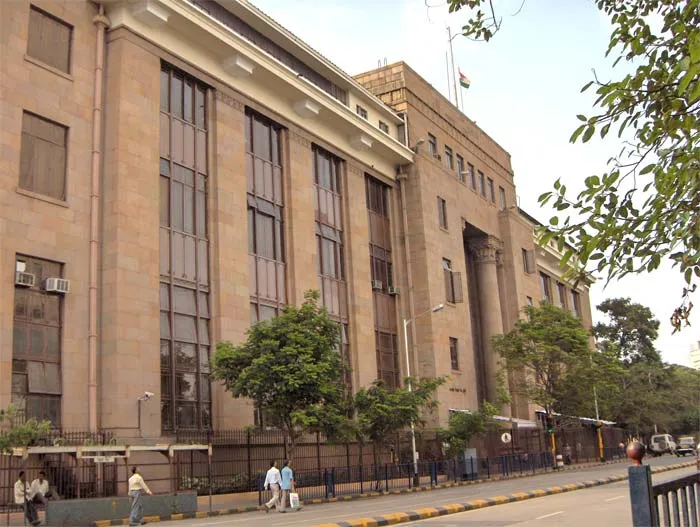
Will India's banks sink under weight of the country's worst water crisis?
Roughly 40% of banks' gross credit exposure are in sectors with significant water risks.
India’s worsening water crisis poses a threat to the asset quality of the country’s fragile banking sector at a time when lenders are still dealing with their massive bad loan burden, reports The Hindu.
Around 600 million Indians, particularly those in the rural areas, grapple with an acute water shortage due to the lack of sustainable water development, according to data from a government think tank Niti Aayog which warned that 21 cities are expected to run out of groundwater by 2020.
The report warned that the country’s water-related problems can easily seep into the recovering banking sector as nearly 40% of Indian banks’ gross credit exposure are located in sectors where water risks are significant, according to a report released by the World Wildlife Fund (WWF) and Indian Banks’ Association.
Also read: The worst is almost over for worn out Indian banks
Water risks could spill over to weigh in on the asset quality of the power and agriculture sectors - the two industries that account for the highest gross credit exposure of India's banks. Distressed loans in the power sector are estimated at $26.4b (INR1.8t) to account for around 15% of the banking sector's total stressed debt, according to a report from Credit Suisse.
Also read: Bad loans in India's private banks expand fivefold in past five years
“Reeling under a crisis of non-performing loans with close to 10% of gross-advances of the Indian banks facing a risk of non-payment from debtors, these risks can place further liquidity constraints on the already stressed balance sheets of banks in India,” the report’s authors said.
India's bad debt burden is the second largest in the world and trails only behind of Italy at 11.6%. The volume of soured loans stagnating at India's banks hit a record $141b (INR9.5t ) in 2017 and the recovery rate for defaulted loans in India is also dismally low at 26%.




![Lorem Ipsum [ABF 1]](https://cmg-qa.s3.ap-southeast-1.amazonaws.com/s3fs-public/styles/exclusive_featured_article/public/2025-03/a_hand_pointing_to_a_futuristic_technology_5b87c9d0e3_1.png.webp?itok=2w0y1WhS)


![Cross Domain [Manu + SBR + ABF + ABR + FMCG + HBR + ]](https://cmg-qa.s3.ap-southeast-1.amazonaws.com/s3fs-public/styles/exclusive_featured_article/public/2025-01/earth-3537401_1920_4.jpg.webp?itok=WaRpTJwE)







 Advertise
Advertise

